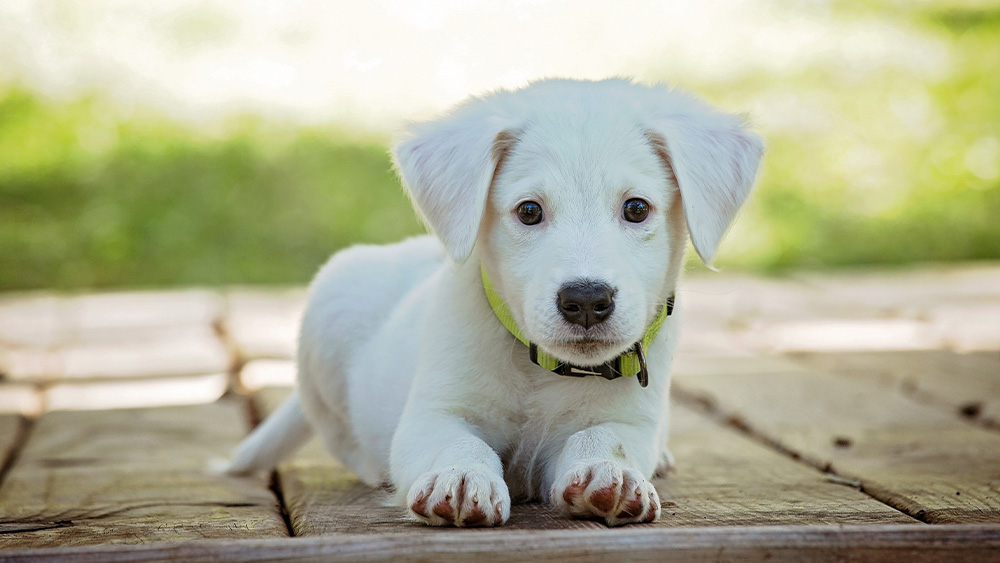Moving into your new home is a big adjustment for your children, your significant other and your friends. You have to adjust everyone to their new environment by visiting schools, shopping at local amenities and even stopping by the house once or twice.
However, just as the people in your life need time to adapt to their new surroundings, so does your family pet. Whether you have a furry friend, a reptilian companion or an aquatic comrade, it’s important to take some quality time to help your pet. To get you started, here are Ryan Homes at Brunswick Crossing’s tips for helping your pet settle into your new home:
Before the Move:
Maintain your pet’s normal routine. Even though your move may be stressful, try to keep a sense of normalcy around your pets. They can sense anxiety, so keep them calm by maintaining their normal routine among all of the packing and moving. It can be as simple as feeding your fish at the same time every morning or walking your dog around the block every afternoon. By maintaining their schedule, it will be easier for them to physically adjust to the new home.
Bribe your pet with new stuff. Everyone enjoys new stuff, and your pets are no different. By buying new things for your pets, it will give them a good distraction from the move by letting out some nervous energy. You can purchase new toys, a new bed, new biscuits or treats, new aquarium amenities, new clothes… the list goes on and on.
During the Move:
Make appropriate travel arrangements. Your move will most likely occur by car or van, so your pet needs to have the appropriate travel arrangements. If necessary, purchase a crate or carrier big enough for your pet to lie down comfortably. Make sure you trim their nails beforehand, so their paws don’t catch on the cage. If your move must be done by air travel, contact the airline to see what type of arrangement is necessary. If your animal does not like travel, consult at vet about reducing their stress level through medication or therapy.
After the Move:
Unpack your pet’s belongings immediately. Your pet’s recognition of familiar items such as toys, blankets, beds, and food and water bowls, will reduce stress and anxiety. This will help your pet settle into your new home quickly.
Get a new ID tag. Once you have some time between unpacking and rearranging, get a new pet ID tag with your new information on it. This is a precautionary measure as most animals have an instinct to explore their new surroundings. If your pet wanders off, it can easily be located with the new ID tag.
Take your pet for a stroll around the new neighborhood. It’s a good idea to familiarize your animal with your new neighborhood by putting it on a leash and taking it for a walk. This tip is mainly for dogs (and some cats), but to help calm the nerves of indoor pets, place them by a well-lit window.
No matter what stage of the moving process your family is in, these tips should help your pet get through any stress, anxiety or nervousness that comes with changing environments. Try to maintain a sense of normalcy with a few gifts here and there, then travel safely to your new home.
Upon arrival, get a new identification tag, unpack your pet’s belongings and take a brisk walk around the neighborhood. If none of that works, at least you have some pawsatively purrfect puns to fall back on.



